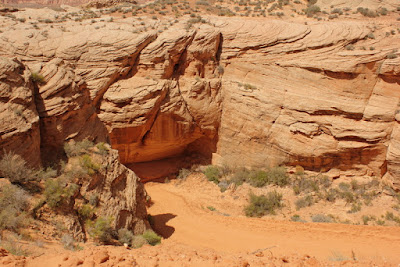 |
| Photo courtesy Michael Gaida |
Objects Used to Prop Open a Window
Dog bone, stapler,
cribbage board, garlic press
because this
window is loose—lacks
suction, lacks grip.
Bungee cord, bootstrap,
dog leash, leather belt
because this
window had sash cords.
They frayed. They broke.
Feather duster, thatch of straw, empty
bottle of Elmer's glue
because this window
is loud—its hinges clack
open, clack shut.
Stuffed bear, baby blanket,
single crib newel
because this
window is split. It's dividing
in two.
Velvet moss, sagebrush,
willow branch, robin's wing
because this
window, it's pane-less. It's only
a frame of air.
American Life in Poetry is made possible by The Poetry
Foundation (www.poetryfoundation.org), publisher of Poetry magazine. It is also
supported by the Department of English at the University of Nebraska, Lincoln.
Poem copyright ©2013 by Michelle Menting, “Objects Used to Prop Open a Window,”
from Decomp Magazine, (February, 2015). Poem reprinted by permission of
Michelle Menting and the publisher. Introduction copyright ©2017 by The Poetry
Foundation. The introduction’s author, Ted Kooser, served as United States Poet
Laureate Consultant in Poetry to the Library of Congress from 2004-2006. We do
not accept unsolicited manuscripts.









































